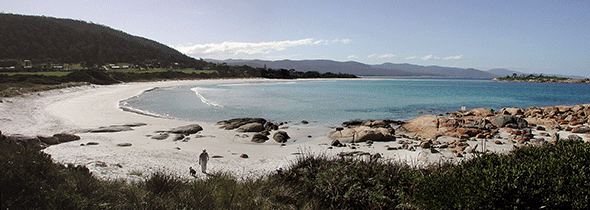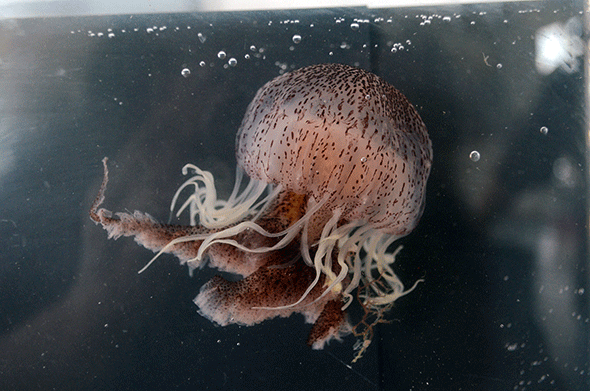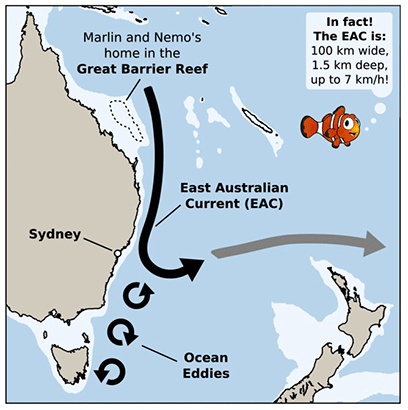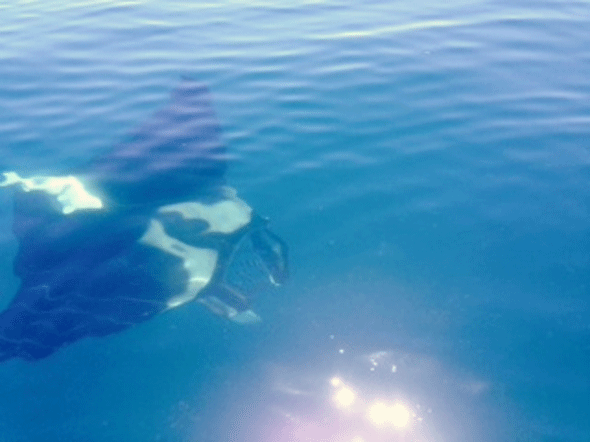
|
Published: 2 July 2012
Funding for new low emissions energy projects in WA
The WA government has announced that $12.7 million from the Low Emissions Energy Development (LEED) Fund will go towards three new low emissions energy projects encompassing bioenergy, geothermal, solar thermal and emissions capture.
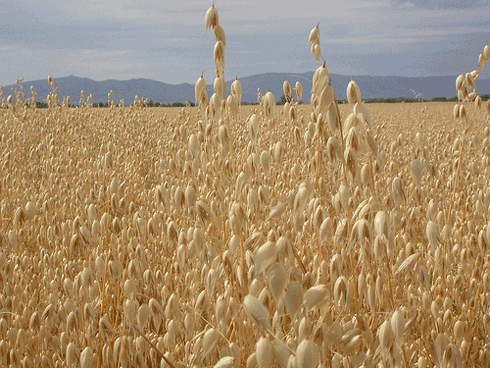
|
|
The development of a system to use oat husks as fuel for cogeneration of electricity is among the projects to be funded by the WA government’s Low Emissions Energy Development Fund. Credit:
Matt Lavin. Licensed under a Creative Commons Attribution Share-Alike License.
|
Funding was announced for:
-
bioenergy projects from Curtin University, Morton Seed and Grain, and Biogass Renewables
-
a geothermal project from Green Rock Energy Ltd
-
a solar thermal project from Solastor in consortium with Carbon Reduction Ventures
-
two emissions capture projects from The University of Western Australia (UWA).
‘The funding is subject to these companies matching every $1 of government funds with at least $3 from elsewhere, which will lead to a direct total investment of more than $50 million in low emissions technology in WA,’ says Bill Marmion, WA Minister for the Environment and Water.
Curtin University is developing technology to simultaneously char and grind biomass so it can be efficiently burned with coal in existing coal generation infrastructure. Grinding the biomass as it is charred uses less energy and the resultant ground biomass is more compatible with coal burning power plants.
Morton Seed and Grain’s proposal is a biomass project in the Wheatbelt using oat husks as fuel for cogeneration of electricity and heat.
Biogass Renewables is developing a commercial-scale anaerobic digester plant to convert solid waste to biogas for electricity generation and compost in thermally insulated tanks.
Green Rock Energy Ltd is developing a geothermal electricity generation plant in the Mid-West near Dongara.
Solastor, in consortium with Carbon Reduction Ventures, plans to spend $3.775 million to build a 1.5 megawatt grid-connected concentrated thermal power station incorporating heat storage technology near Morawa.
UWA has received $356,000 to undertake research into recapturing methane from liquefied natural gas (LNG) vents. The nitrogen that is vented as part of LNG production contains a proportion of methane, which is an extremely potent greenhouse gas. Capturing this methane economically could provide a significant source of abatement.
UWA will also receive $493,000 to evaluate the pumping of carbon dioxide (CO2) underground to enhance natural gas recovery. Enhanced gas recovery would use injected (and therefore sequestered) CO2 to increase natural gas production and deliver CO2 sequestration.
‘If these projects lead to commercial-scale developments in the future, they have the potential to save millions of tonnes of CO2 equivalent emissions a year,’ says Peter Collier, WA Minister for Energy, Training and Workforce Development, and Indigenous Affairs.
Source: Government of Western Australia, Environment and Energy Portfolios


